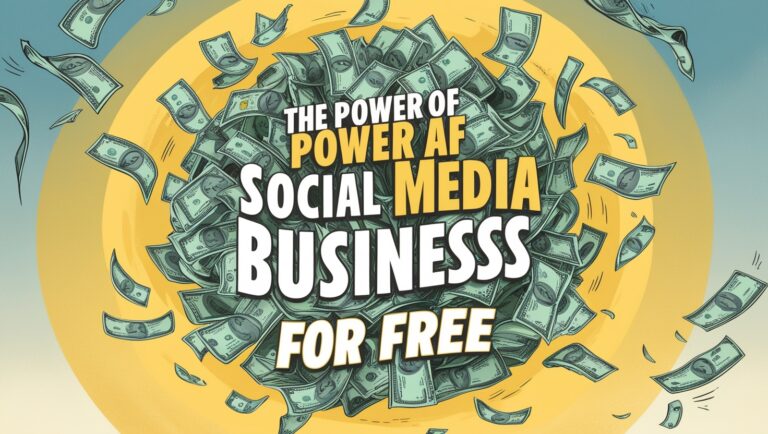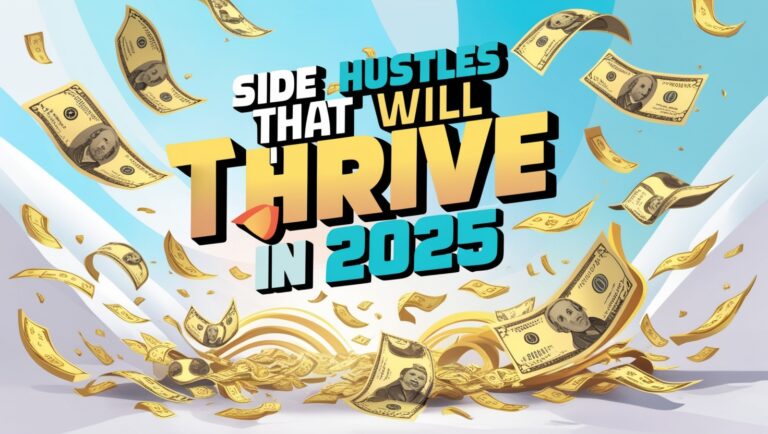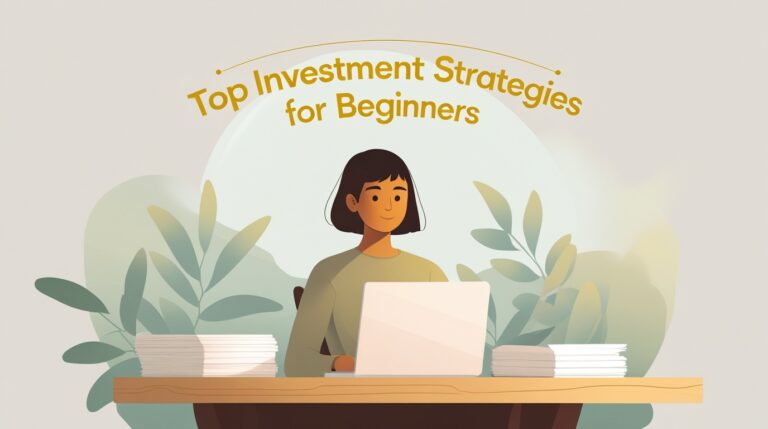Comparative Experiments: Entertaining Brand, Product, and Service Comparisons
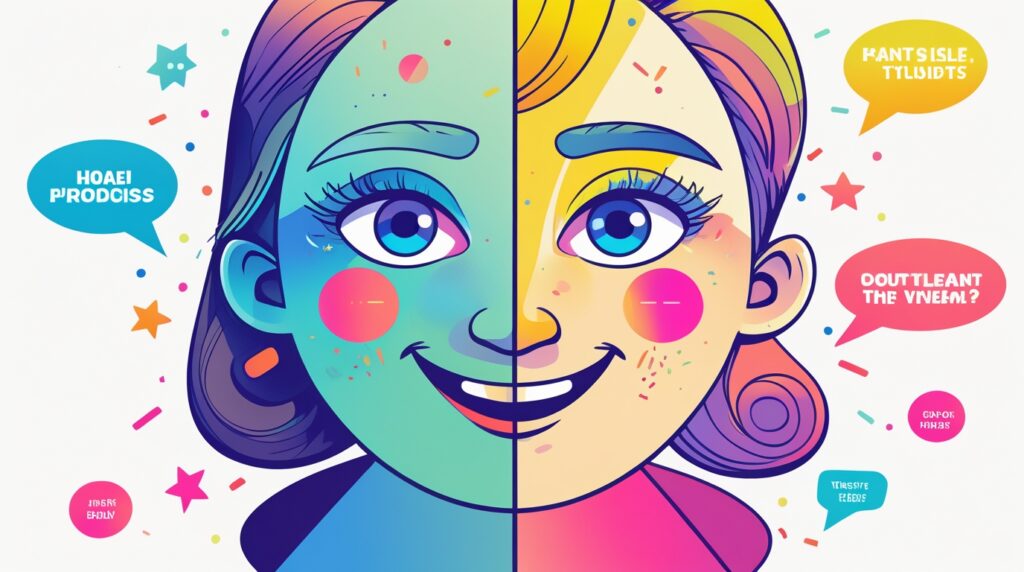
In a world full of choices, making the right decision can be overwhelming. Whether it’s choosing between two phone brands, deciding which fast-food burger is the best, or comparing budget vs. luxury items, comparative experiments help break things down in an entertaining and informative way.
These types of videos and articles are hugely popular on YouTube, blogs, and social media because they provide real-world insights, humor, and sometimes surprising results.
In this article, we’ll explore:
- Why Comparative Experiments Are So Popular
- Types of Fun and Engaging Comparisons
- How to Conduct a Fair and Entertaining Comparison
- Filming and Editing Tips for Maximum Engagement
- How to Make Your Comparative Experiment Stand Out
1. Why Comparative Experiments Are So Popular
People love comparisons because they:
✔ Save Time & Money – Instead of buying and testing things themselves, viewers rely on your insights.
✔ Provide Unexpected Results – Sometimes, the cheaper product beats the expensive one, or an unknown brand outperforms a well-known one.
✔ Offer Entertainment & Humor – Funny reactions, unexpected outcomes, and engaging storytelling make these experiments fun to watch.
✔ Create Controversy & Debate – Fans of different brands love to defend their favorites, boosting engagement and discussion.
Comparative experiments work for almost any niche—tech, food, fashion, fitness, travel, and even personal finance!
2. Types of Fun and Engaging Comparisons
There are endless possibilities when it comes to comparative experiments. Here are some creative ideas:
2.1 Budget vs. Expensive Comparisons
Comparing affordable vs. premium products is always entertaining. Viewers love to see if high-priced items are actually worth the money.
✔ Example: “$10 vs. $1000 Sneakers – Can You Tell the Difference?”
✔ Example: “Does a $5 Coffee Taste Better Than a $50 One?”
These comparisons test whether brand reputation or pricing truly makes a difference in quality.
2.2 Battle of the Brands
Comparing two major brands in the same industry can create interesting debates.
✔ Example: “iPhone vs. Samsung – Which Camera is REALLY Better?”
✔ Example: “Nike vs. Adidas – Who Makes the Best Sportswear?”
These videos are highly shareable, especially when brand loyalty is involved!
2.3 Fast Food Face-Offs
Comparing food from different fast-food chains is a fun and relatable way to entertain viewers.
✔ Example: “McDonald’s vs. Burger King: Who Has the Best Fries?”
✔ Example: “Pizza Hut vs. Domino’s: Who Makes the Ultimate Pepperoni Pizza?”
This works well with blind taste tests to remove bias.
2.4 Subscription Services Compared
Subscription services have become incredibly popular, making them great for comparison content.
✔ Example: “Netflix vs. Disney+ – Which One Is Worth Your Money?”
✔ Example: “Spotify vs. Apple Music – Which Streaming Service Wins?”
This type of experiment helps viewers decide which service is right for them.
2.5 DIY vs. Store-Bought
Testing whether a homemade version of something is better than the store-bought version can lead to surprising results.
✔ Example: “Can I Make a Starbucks Pumpkin Spice Latte at Home for Less?”
✔ Example: “Homemade Burgers vs. McDonald’s – Which Tastes Better?”
These experiments encourage viewers to try DIY solutions instead of buying expensive products.
2.6 Influencer-Endorsed Products vs. Regular Brands
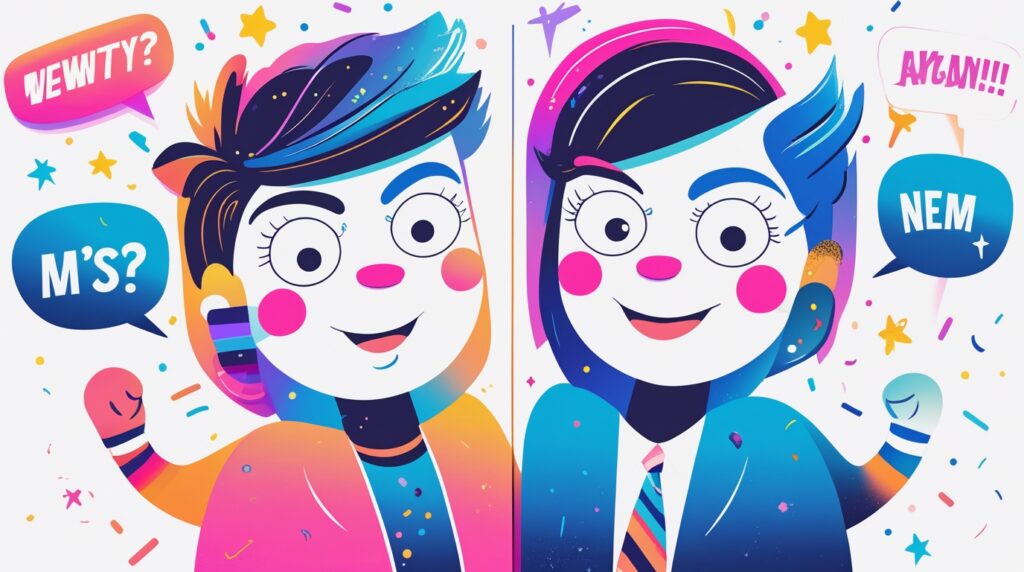
Many people are skeptical about products promoted by influencers. Testing them against regular brands can reveal if they’re worth the hype.
✔ Example: “Is Kylie Jenner’s Skincare Line Better Than Drugstore Brands?”
✔ Example: “Instagram-Famous Gym Wear vs. Regular Sportswear – Any Difference?”
These videos help consumers make smarter choices while keeping things entertaining.
3. How to Conduct a Fair and Entertaining Comparison
A good comparative experiment requires clear testing criteria and a fair approach. Follow these steps to make your comparison credible and engaging:
Step 1: Define the Criteria
Decide what factors you’ll compare based on the product or service. Common criteria include:
✔ Price – Is it budget-friendly or overpriced?
✔ Quality – Does it feel premium or cheap?
✔ Durability – How long does it last?
✔ Ease of Use – Is it user-friendly?
✔ Performance – Does it do what it promises?
Step 2: Test Everything Fairly
✔ Use the same method to test each product – If comparing fast food, eat both while they’re fresh. If testing a camera, use the same lighting.
✔ Keep brand bias out of it – Don’t let brand reputation influence your judgment.
✔ Ask for second opinions – Get friends or family to join in for varied reactions.
Step 3: Make It Fun and Engaging
✔ Use a blind test – Remove labels so you’re not influenced by branding.
✔ Do crazy stress tests – See if products survive extreme conditions.
✔ React authentically – Whether good or bad, real reactions make the video more entertaining.
4. Filming and Editing Tips for Maximum Engagement
A well-produced video keeps viewers watching till the end. Here’s how to make your comparison videos stand out:
Filming Tips
✔ Use Multiple Camera Angles – Show product details and your reactions.
✔ Capture Close-Ups – Let viewers see the quality of each product up close.
✔ Keep Lighting Consistent – Makes comparisons clearer.
Editing Tricks
✔ Use Side-by-Side Graphics – Helps viewers compare things easily.
✔ Include Fun Sound Effects – Use dramatic music when revealing results.
✔ Add Text Overlays – Highlight pros, cons, and final scores.
✔ Use Humor – Funny edits make videos more shareable.
5. How to Make Your Comparative Experiment Stand Out
With so many comparison videos online, here’s how to make yours unique:
✔ Choose Unexpected Comparisons – Compare things people haven’t thought about before. Example: “Can Dollar Store Makeup Compete with Sephora?”
✔ Make It Relatable – Use products/services people actually buy in daily life.
✔ Add a Fun Challenge – Example: “I Wore Cheap vs. Expensive Sunglasses for a Week – Which Lasted?”
✔ Include a Personal Twist – Share your own experiences and stories with the products.
Final Thoughts: Why You Should Try a Comparative Experiment
Comparing brands, products, and services is one of the easiest and most entertaining ways to create engaging content. Whether you’re helping people save money, make smarter choices, or just have a laugh, these experiments always attract attention.
Want to Start Your Own Comparison Video?
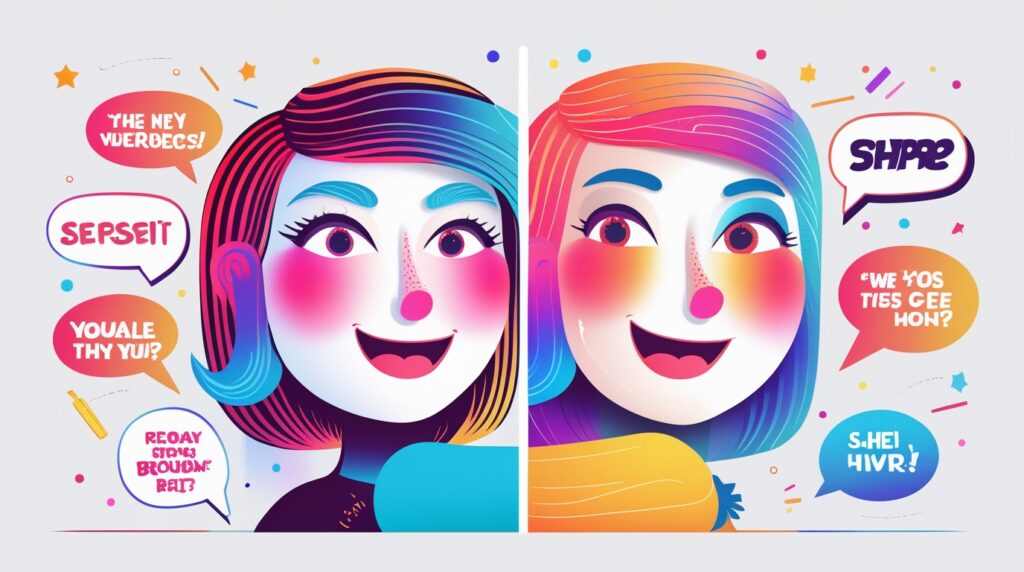
✔ Pick two (or more) things to compare.
✔ Define clear criteria and test fairly.
✔ Keep it fun, engaging, and honest.
Who knows? Your next experiment might go viral and change how people see their favorite brands!
Need ideas for your first comparison? Let’s brainstorm some fun matchups together!



